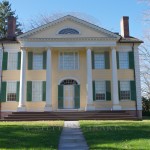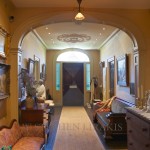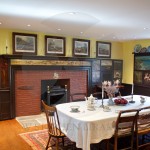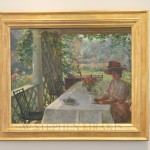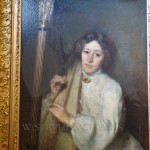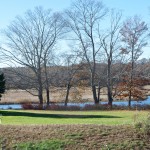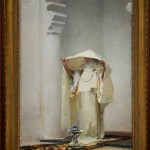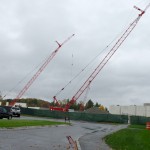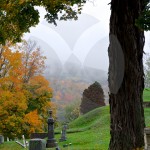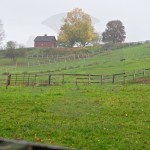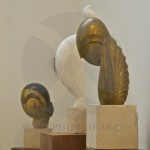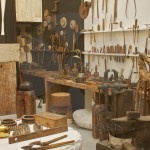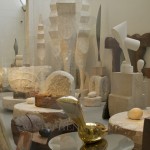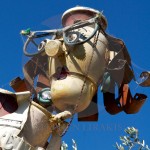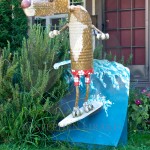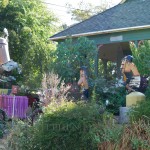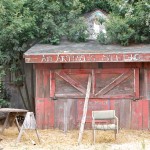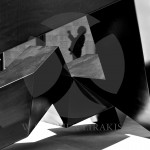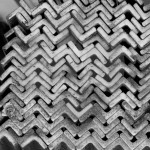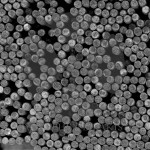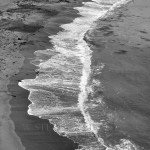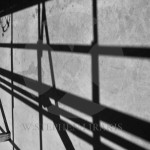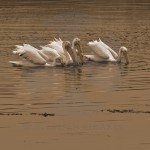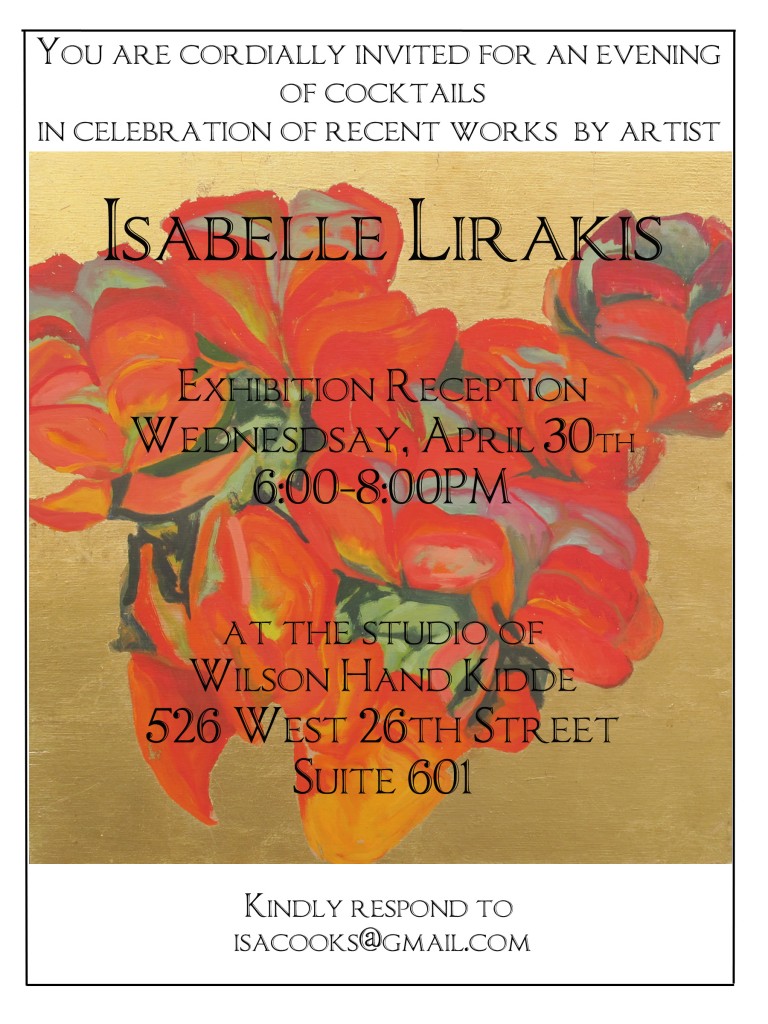
Tag: art
SUNDAY VISIT TO THE FLORENCE GRISWOLD MUSEUM
Nature rewarded the North East with a splendid warm sunny day today. Many leaves still on the trees despite recent events.The Florence Griswold Museum in Old Lyme, CT,has long been one of my favorite places. Considered the home of American Impressionism on the north bank of the Lieutenant River. We have watched it over the last 40 years evolve in a thoughtful way. Never abandoning it’s being. Henry Ward Ranger, Childe Hassam, William Chadwick, Willard Metcalf, Henry Rankin Poore, Will Howe Foote, and others were the clan that was the Old Lyme School.
The Dining room, as you can see from the photo, is covered with paintings, The group would critique each other. having contests in which the painters had to produce a painting in one hour and then be judged by their peers.The winner would paint a panel in the dining room. There remains a hearty warm charm today, I believe. If you are driving on route 95 it is not to be missed.
UNEARTHED
If there is any way you can find the time try to see the very small but remarkable exhibit called UNEARTHED at the Clark Institute in Williamstown Ma. This is short notice because the exhibit closes on the 21st of October.
This is a museum that has a wonderful collection. Most of which is not available to be seen for the next few years as the museum is undergoing a major refurbishing.
The John Singer Sargent hung for so many years in the entrance.
THINGS WE TAKE FOR GRANTED
Windswept from Charles Sowers on Vimeo.
Have you ever watched the wind in a field? Watched the sway and twist of the tall grass? The swirl of trash on the sidewalk? Well here it is in a more codified presentation.
BRANCUSI
What can I say? I have always liked Brancusi, since the first day I saw one of his sculptures in Newport; many years ago. I cannot tell you why I like him, exactly. What is it that any artist shows us and suddenly we understand something we cannot explain?
I often refer to the first man to do something. We might not have thought the thought or seen what there is to see until someone shows us. After that it seems obvious. Those who come after might improve on what existed but did not have the original idea or concept. People have now climbed Everest in one day. But until the first climber succeeded, nothing was possible. The early sailors, no different. We heap praise on those sailing today, not really recognizing those who came before.
In any case I love Brancusi.
THE POWER OF MAKING
An exhibit at the Victoria And Albert Museum in London. This is a subject I have thought about almost everyday since I was quite young. So I am very pleased that someone has finally recognized it’s value. Potentially a most provocative exhibit.
We seem to be more sensitive to the word designing rather than craftsmanship,making or building. For some one word presumes the other, which is not necessarily the case. (presumption can be a dangerous thought in any case)
My assumption is that almost everything we do can be improved.
The Porter GalleryRoom 48Admission free
The V&A and Crafts Council celebrate the role of making in our lives by presenting an eclectic selection of over 100 exquisitely crafted objects, ranging from a life-size crochet bear to a ceramic eye patch, a fine metal flute to dry stone walling. Power of Making is a cabinet of curiosities showing works by both amateurs and leading makers from around the world to present a snapshot of making in our time.
The exhibition showcases works made using a diverse range of skills and explores how materials can be used in imaginative and spectacular ways, whether for medical innovation, entertainment, social networking or artistic endeavour.
Making is the most powerful way that we solve problems, express ideas and shape our world. What and how we make defines who we are, and communicates who we want to be.
For many people, making is critical for survival. For others, it is a chosen vocation: a way of thinking, inventing and innovating. And for some it is simply a delight to be able to shape a material and say ‘I made that’. The power of making is that it fulfills each of these human needs and desires.
Those whose craft and ingenuity reach the very highest levels can create amazing things. But making is something everyone can do. The knowledge of how to make – both everyday objects and highly-skilled creations – is one of humanity’s most precious resources.
FLORENCE AVENUE
Individual expression, whimsey, what more is there to say? The work of artist Patrick Amiot.
SHAPES AND SHADOWS
Shapes and shadows are with us every day and everywhere. Does art imitate nature? We are effected by the things we see whether we like it or not.
Suddenly it is the first of September; where did the summer go?

